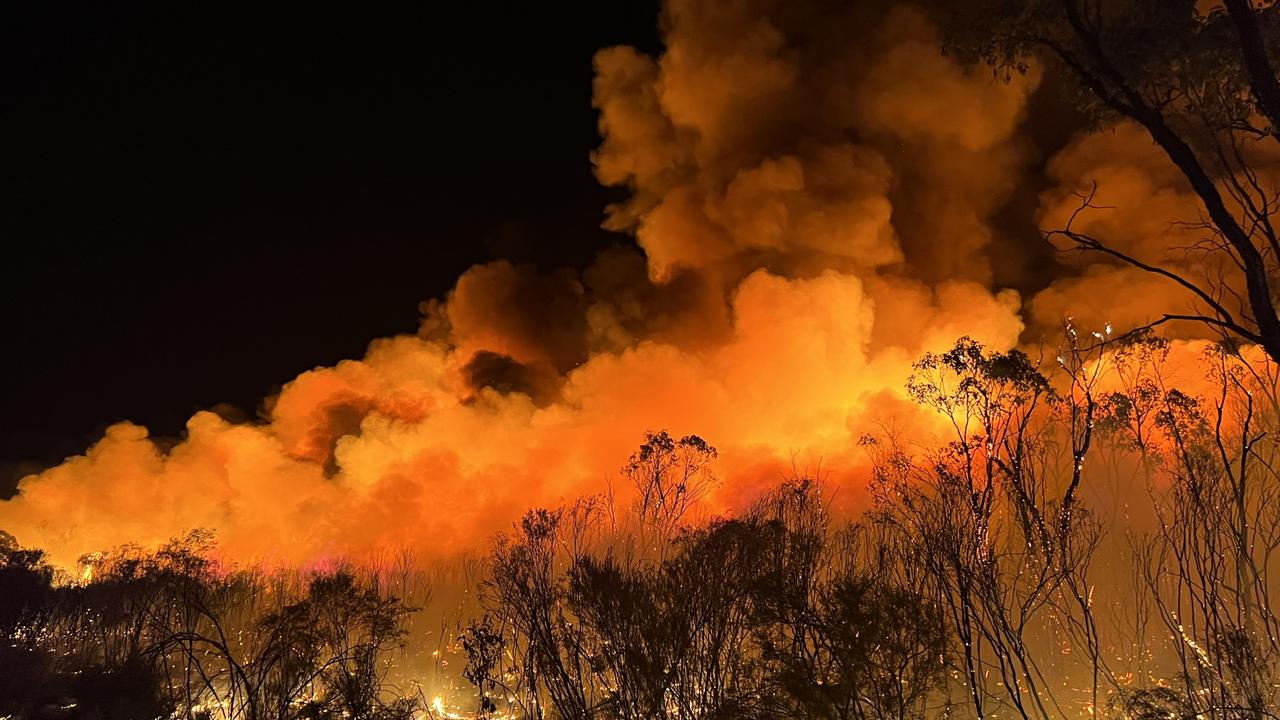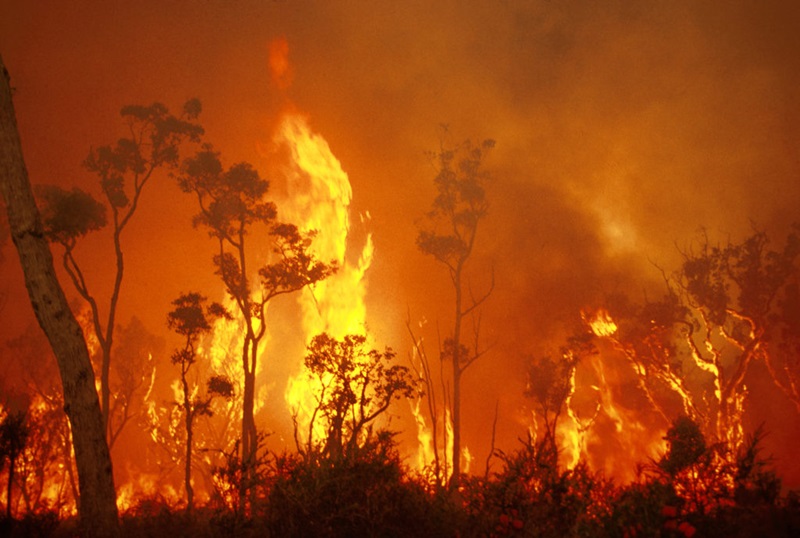Expert Insights: Why Every Property Owner Requirements a Thorough BAL Report
Expert Insights: Why Every Property Owner Requirements a Thorough BAL Report
Blog Article
Navigating Shrub Fire Protection Rules With BAL Record
Central to this undertaking is the Bushfire Attack Level (BAL) record, a critical document that evaluates the prospective direct exposure of a residential or commercial property to bushfire. By diving into the intricacies of BAL assessments and their implications for building conformity, stakeholders can proactively handle bush fire threats and guard buildings versus prospective threats.
Understanding Shrub Fire Protection Laws
To efficiently navigate the intricacies of bush fire defense policies, it is necessary to have a clear understanding of the governing guidelines and requirements in place. Shrub fire security guidelines are essential for securing buildings and lives in locations susceptible to bushfires. These guidelines develop the requirements and procedures that building proprietors should stick to in order to mitigate the dangers related to bushfires.

Importance of BAL Assessments
Recognizing the importance of BAL evaluations is crucial in guaranteeing compliance with bush fire security regulations and successfully reducing the threats associated with bushfires. BAL analyses, which identify the Bushfire Strike Level of a property, are essential for making suitable bush fire security procedures customized to the specific risk profile of the site. By examining variables such as vegetation type, distance to prospective fire dangers, and incline of the land, BAL analyses give valuable insights into the degree of threat a residential or commercial property deals with throughout a bushfire occasion.

Ramifications for Building Compliance
Browsing with structure compliance requirements in conformity with BAL evaluations is vital for guaranteeing frameworks are adequately strengthened against the risks postured by bushfires. Building conformity refers to sticking to the laws and criteria stated to boost the security and strength of buildings in bushfire-prone areas. The ramifications of structure conformity in connection with BAL evaluations are significant. Frameworks that stop working to meet the required compliance requirements go to a higher danger of receiving damage or damage throughout a bushfire event. This not just endangers the passengers however likewise poses a danger to the surrounding environment.
Guaranteeing structure compliance involves cautious preparation, building, and maintenance to mitigate the prospective effect of bushfires. It requires a thorough understanding of the BAL rating appointed to the building and carrying out the appropriate measures to improve its fire defense abilities.
Managing Bush Fire Risks Successfully
Given the essential value of building compliance in strengthening frameworks versus bushfire risks, properly taking care of these risks calls for a detailed method that focuses on positive reduction techniques. To start, carrying out detailed threat evaluations is paramount. Understanding the certain susceptabilities of a building in relationship to bushfires enables tailored threat reduction strategies. This involves studying variables such as the residential property's area, bordering plants, topography, and dominating weather problems. Implementing suitable plant life management approaches is an additional vital element of efficient threat administration. Clearing flammable plants, creating defensible areas, and making sure appropriate maintenance can dramatically minimize the risk of fire infecting the residential or commercial property. Moreover, spending in fire-resistant building materials and building methods can boost the structure's capability to stand up to coal attacks and direct fire call. In addition, developing and exercising an emergency situation response plan is crucial for making certain that residents understand how to respond promptly and safely in case of a bushfire. By combining these proactive steps, building proprietors can effectively take care of bushfire threats and enhance the safety and security of their occupants and structures.
Practical Tips for Homeowners and Developers
Properly handling bushfire risks as a homeowner or programmer requires executing practical reduction techniques customized to the building's certain susceptabilities and surroundings. One crucial pointer is to preserve a well-maintained defensible space around structures, typically a minimum of 30 meters in risky areas. This room must be free from flammable greenery, particles, and various other combustible materials that can potentially fuel a fire. In addition, choosing fireproof structure materials can dramatically boost the building's ability to stand up to cinder strikes and direct flame get in touch with. Making certain that wall surfaces, windows, and roofing systems are created or updated to satisfy pertinent bushfire protection requirements is vital.
Moreover, developing an emergency situation strategy and hop over to these guys exercising discharge drills with family members workers, members, or tenants can save lives in case of a bushfire. Remaining notified about local fire risk scores, climate condition, and emergency alerts is additionally essential for making timely decisions to shield life and building. Involving with look at this website neighborhood fire authorities, community groups, and professionals experienced in bushfire monitoring can supply important guidance and support in creating detailed bushfire defense methods.
Verdict
To conclude, browsing bush fire protection policies with a BAL report is crucial for guaranteeing structure compliance and handling bush fire risks effectively. Understanding the importance of BAL analyses and adhering to practical tips can aid designers and property owners minimize the impact of bush fires. By adhering to these regulations and taking needed precautions, individuals can develop much safer settings for themselves and their neighborhoods.
Secret parts of bush fire security policies include the Bushfire Assault Degree (BAL) analysis, which figures out the level of threat a residential property faces from bushfires. BAL analyses, which identify the Bushfire Strike Level of a building, are important for making proper bush fire protection procedures tailored to the specific risk account of the site. By reviewing elements such as vegetation type, distance to possible fire dangers, and incline of the land, BAL assessments offer valuable insights into the degree of danger a home deals with throughout a bushfire occasion.

In conclusion, navigating bush fire protection policies with a BAL record is vital for ensuring building compliance and managing bush fire risks efficiently.
Report this page